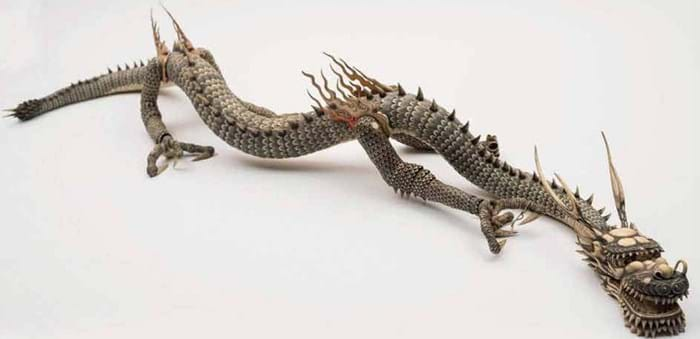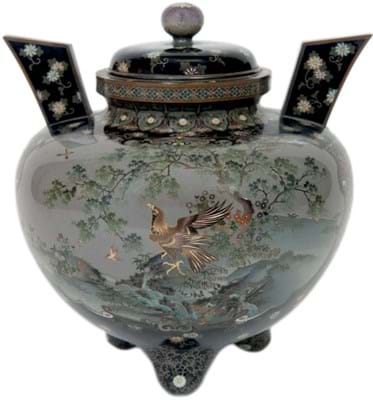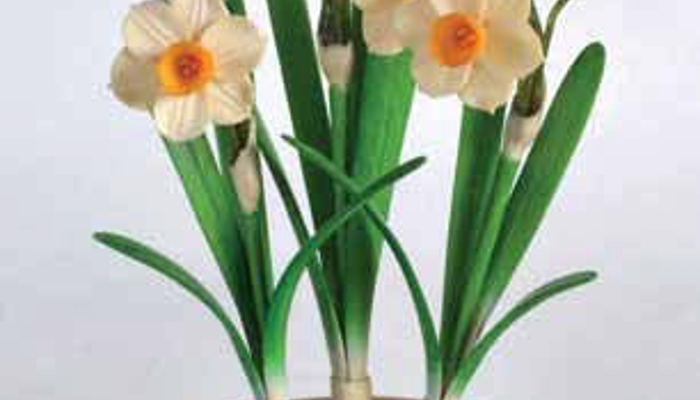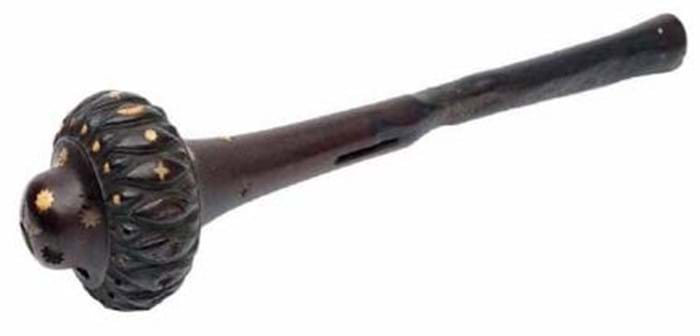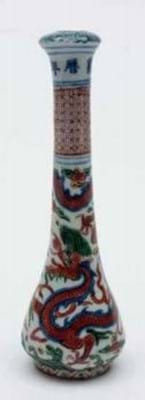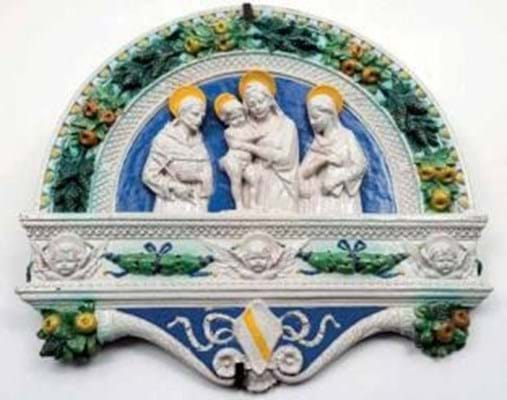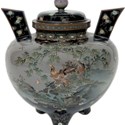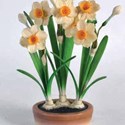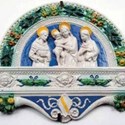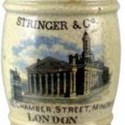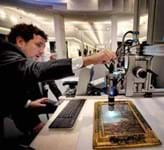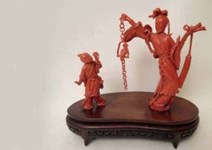THE astonishing ability of UK homes to continue to provide treasures from around the world and the keenness of international bidders to buy them was much in evidence at the year’s early sales.
At Greenslade Taylor Hunt (19.5% buyer’s premium) on February 2 the eye-catcher was a silver-gilt and cloisonné koro and cover in the manner of the Meiji cloisonné master Hayashi Kodenji (1831-1915).
Decorated with reserves of an eagle in mountains and birds among blossoms, the 8½in (21.5cm) tall vessel was estimated at £300-500. This looked very tempting for any such piece in superb condition.
The finest works from the Hayashi workshop can easily make five-figure sums and more. Back in 2012 a huge 2ft (60cm) octagonal vase took a premium-inclusive £217,250 at Christie’s South Kensington.
The smaller unmarked koro at Taunton was, said auctioneer Derek Biss, “of stunning quality” and in “excellent condition”.
“The koro came in a wooden box with a misspelt label, Cloisane Urn, and judging from its condition, had spent most of its life inside,” he said.
“It seems a little curious that the vessel sits on enamel to the three feet – I would have expected the feet to be plain metal. However, there has been no damage.”
Seven lines were booked and the battle came down to two London specialist dealers before it sold at £11,000. “It is destined to go back to Japan, I understand,” said Biss.
Flower power
Export material in the Meiji period, which produced an explosion of Japanese influence on the West, catered for a wide range of budgets, but the craftsmanship and eye-appeal was a constant and still is. Witness an early 20th century polychrome ivory flowerpot sold at Hannam’s (20% buyer’s premium) at Selborne on January 25.
Modelled as brightly coloured sprouting flowers, the 4¼in (11cm) vase was estimated at £800-1200 and sold at £2500.
Classic example
The 1100-lot sale at Bearnes Hampton & Littlewood (19.5% buyer’s premium) at Exeter on January 24-25 was a classic example of the world in the saleroom, both in terms of lots and bidders.
Here the Japanese star was the Meiji carved and stained ivory articulated dragon illustrated above. The 3ft 6in (1.08m) long beast had suffered some damages and losses but, with stylised flames leaping from its shoulders, inlaid eyes and moving jaw and tongue, it was hugely decorative and sold to the UK trade at £19,000 against an estimated £2000-3000.
China, however, remains supreme in terms of prices and sleepers.
At Exeter the role was taken by a 6¼in (16cm) long wucai porcelain calligraphy brush handle with a dragon-chasing flaming pearl.
It bore a linear six-character mark for Wanli (1563-1620) but was catalogued as probably 19th century and estimated at £200-250. (The other 14 Chinese items were also estimated in three figures and sold at that level.)
Possibly bidders thought the brush handle was period, for it sold at £33,000. What made it unusual in the normal run of such sleepers was that – in another pointer to the renewing strength of the rising sun – the buyer was Japanese.
Having discussed English furniture at Exeter in last week’s ATG report, there is room here for a swift journey round the world in other lots.
From Fiji: a 17in (44cm) throwing club of traditional design with a lobed head inset with marine ivory stars and crescents. It sold to a UK collector at £8600, some 21 times the top estimate. “What we took for losses and damage was apparently signs of ritual use,” said auctioneer Nic Saintey.
From India: a c.1790 Vizagapatam stained ivory tea caddy, 11in (28cm) wide decorated with colonial buildings in landscapes and a 17th or 18th century Indo-Portuguese ivory inlaid coromandel table cabinet, 12in (31cm) wide, inlaid with geometrical designs.
Both had minor damage and age cracks, but the caddy went to the UK trade comfortably above estimate at £2500 and the table cabinet left its £600-800 guide behind, selling to an Egyptian bidder at £3900.
From Italy: a 19th century Della Robbia maiolica arched plaque, 21½in (55cm) wide, relief moulded with the Madonna and Child flanked by saints. It sold to a UK dealer at £7200 against an estimate of £300-400.
From the Netherlands: an early 18th century, 7¾in (20cm) tall heart-shaped Delft tulip vase, with a monogram for Lambertus van Eenhoorn and probably from the De Metaale Pot (1670-1775) workshop. With some minor chips and estimated at £600-800, this was another UK trade buy at £1450.
From Germany: a late 19th century, 17in (43cm) tall carved ivory figure of a medieval knight in full armour and chain mail. With metal and paste mounts, the figure sold above estimate at £4400.

